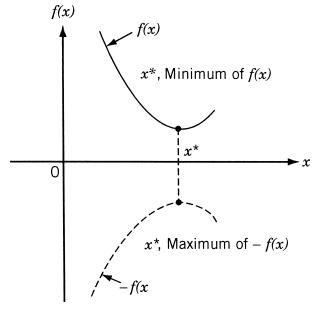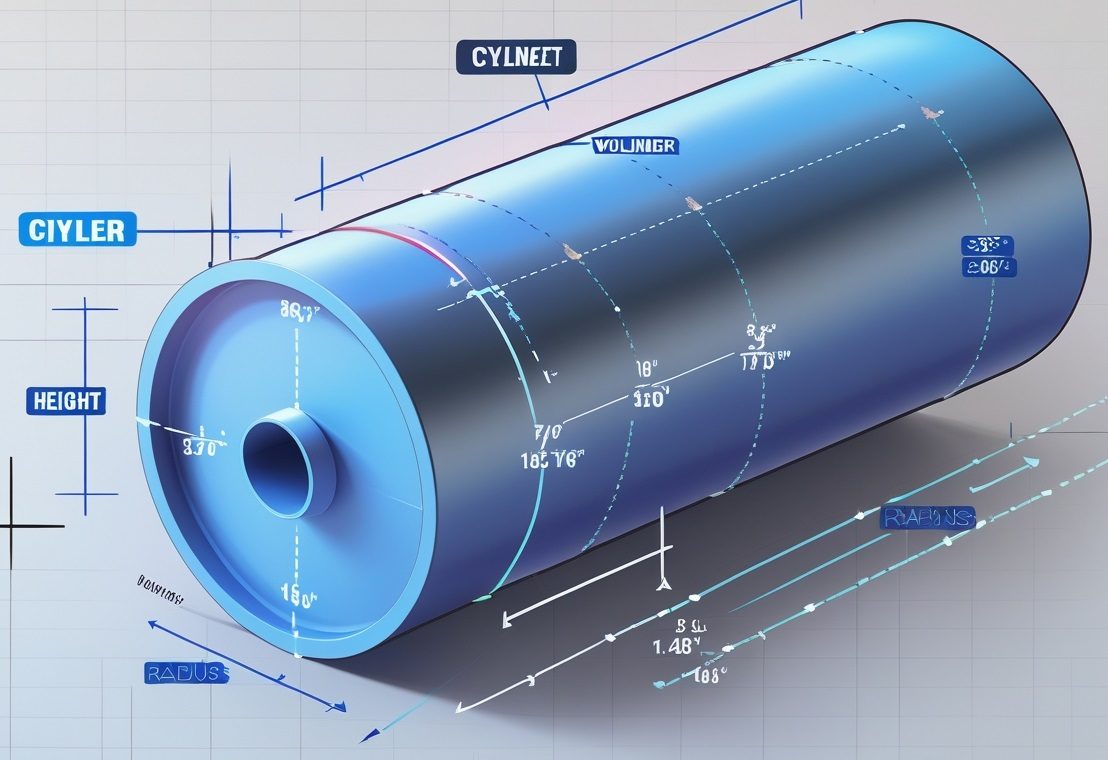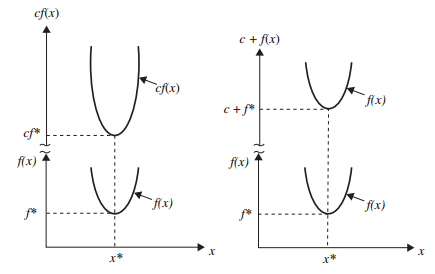Why Study Optimization?
Why Study Optimization?
How can we design a bridge that is strong, cost-effective, and sustainable under strict constraints?
-
Optimization answers such questions by finding the best solution.
-
It’s the backbone of engineering innovation across disciplines.
-
This course will equip you to tackle real-world engineering challenges.
Course Overview
Course Objectives
-
Understand fundamental concepts of optimization in engineering.
-
Formulate engineering problems as mathematical optimization problems.
-
Explore classical and modern optimization techniques.
-
Apply optimization to real-world engineering scenarios.
-
Develop computational skills to implement optimization algorithms.
Introduction
What is Optimization?
Optimization is the process of finding the best feasible solution under given constraints to minimize cost or maximize benefit.
-
Core to engineering design and decision-making.
-
Applies to planning, operations, and maintenance.
-
Enables transformation between maximization and minimization.

Why Optimization Matters
-
Resource Efficiency: Minimize material, energy, and costs.
-
Performance: Maximize reliability, output, and safety.
-
Competitive Edge: Faster development, superior products.
-
Sustainability: Reduce waste and environmental impact.
Real-World Impact Optimizing an aircraft wing design by 1% can save millions in fuel costs annually.
A Simple Example: Minimizing Material Cost
Design a cylindrical container to hold 1 liter with minimal surface area (material cost).
-
Design Variables: Radius (\(r\)), Height (\(h\)).
-
Objective: Minimize surface area \(A = 2\pi r h + 2\pi r^2\).
-
Constraint: Volume \(V = \pi r^2 h = 1000 \, \text{cm}^3\).

Key Concepts
Components of an Optimization Problem
-
Design Variables: Parameters to optimize (e.g., dimensions, settings).
-
Objective Function: Quantity to minimize/maximize (e.g., cost, efficiency).
-
Constraints: Limits on variables (e.g., physical, economic).
-
Feasible Region: Set of solutions satisfying all constraints.
Properties of Objective Functions
-
Invariance: Optimum unchanged by:
-
Positive scaling: \(f(x)\) vs. \(c f(x)\), \(c > 0\).
-
Positive translation: \(f(x)\) vs. \(c + f(x)\).
Optimum solution of \(cf (x)\) or \(c + f (x)\) same as that of \(f (x)\). -
-
Convexity: Ensures global optimality for convex problems.
-
Differentiability: Determines suitable optimization methods.
-
Multi-Modality: Multiple local optima may exist in non-convex problems.

Historical Development
Evolution of Optimization
-
17th-18th Century:
-
Newton (1660s): Calculus for extrema.
-
Lagrange (1788): Lagrange multipliers.
-
-
1940s-60s:
-
Dantzig (1947): Linear programming.
-
Bellman (1957): Dynamic programming.
-
-
1970s-90s:
-
Holland (1975): Genetic algorithms.
-
Kirkpatrick (1983): Simulated annealing.
-
-
2000s-Present:
-
Kennedy (1995): Particle swarm optimization.
-
Machine learning-integrated methods.
-
Problem Classification
Types of Optimization Problems
| Criterion | Types |
|---|---|
| Variables | Continuous, Discrete, Mixed |
| Constraints | Constrained, Unconstrained |
| Linearity | Linear, Nonlinear |
| Objectives | Single, Multi-Objective |
| Determinism | Deterministic, Stochastic |
Optimization Algorithms
-
Optimization problems are solved iteratively, progressively improving the solution.
-
Common optimization algorithms include:
-
Coordinate descent
-
Gradient (steepest) descent
-
Conjugate gradients
-
Newton’s method and variants
-
Stochastic gradient descent
-
-
Choosing an algorithm involves a trade-off between:
-
Complexity of each iteration
-
Number of iterations needed to converge
-
Optimization Methods Landscape
Classical Methods
-
Calculus-based (e.g., Gradient Descent)
-
Linear Programming
-
Nonlinear Programming
-
Dynamic Programming
-
Kuhn-Tucker Conditions
Modern Methods
-
Genetic Algorithms
-
Particle Swarm Optimization
-
Simulated Annealing
-
Ant Colony Optimization
-
Neural Network-based Methods
Challenges
Challenges in Optimization
-
Complexity: Large-scale problems with many variables.
-
Non-Convexity: Multiple local optima can mislead algorithms.
-
Constraints: Balancing feasibility and optimality.
-
Computational Cost: Time-intensive for real-time applications.
-
Uncertainty: Handling stochastic or incomplete data.
Example Optimizing a supply chain with uncertain demand requires stochastic methods.
Applications
Applications Across Engineering
-
Mechanical:
-
Gear and mechanism design.
-
Thermal system optimization.
-
Robot motion planning.
-
-
Civil:
-
Structural design (e.g., bridges).
-
Transportation networks.
-
Water resource management.
-
-
Electrical:
-
Circuit optimization.
-
Power grid efficiency.
-
Control system tuning.
-
-
Chemical:
-
Process optimization.
-
Reactor design.
-
Mixing and separation processes.
-
Solution Approach
Optimization Process Flow
-
Problem Identification: Define the engineering problem.
-
Mathematical Formulation: Express as an optimization problem.
-
Method Selection: Choose appropriate algorithm.
-
Implementation: Code or use software tools.
-
Validation: Verify solution accuracy.
-
Deployment: Apply to real-world system.

Conclusion
Summary and Next Steps
-
Optimization is critical for efficient, high-performance engineering.
-
Requires precise problem formulation and method selection.
-
Spans classical to modern techniques with diverse applications.
-
Next lectures: Dive into mathematical foundations and specific algorithms.
Optimization empowers engineers to design better, smarter, and sustainable solutions.
